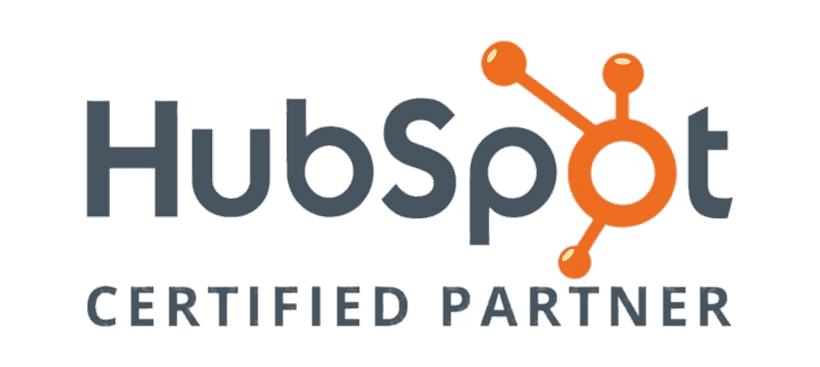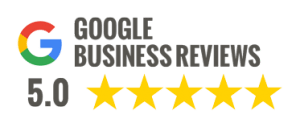SEO TIPS FOR TODAY AND BEYOND
Search engine optimization (SEO) changes all the time. Search once relied heavily on text data and backlinks, but now it relies on an array of algorithms to meet a user's needs. Because of this, there are three SEO tips to keep in mind.
REVIEW SEARCH INTENT
It's important to understand the intent behind a search query. While some of this includes an element of common sense, queries can have multiple meanings. That's why you need to really understand your audience. Google wants to rank pages that fit not only the search term, but it also wants to make sure the query is a fit for the intent.
Search intent is defined into four buckets – informational, navigational, transactional and commercial investigation. Informational is about educating the user. Navigational is about trying to find a specific website. Transactional is about finding the best purchase, and commercial investigation is about investigating an item to potentially buy in the future.
Before optimizing your page, you want to make sure it's a fit for your audience. What bucket are you hoping to capture? Make sure your web page meets the needs for those users.
OPTIMIZE FOR THE ROBOTS
Search engine robots still look at certain elements on your website – links, keywords, H1s, meta tags, etc. While SEO today is about user experience, don't ignore some of those basic SEO elements important to the robot. For example, H1s tell a robot what your page is about. If you have duplicate H1 tags but different text, that's going to confuse the robot on the meaning of your web page.
UNDERSTAND THE FUNNEL
An optimized conversion funnel is critical to your online success. This is why I constantly talk about the sales funnel. A website can actually be organized by the stages. For example, blog posts are for those in the awareness stage and product pages are for those in the decision stage. Today's modern-day funnel is shared by marketing and sales. In fact, there is a lot more that needs to happen from a marketing standpoint because of digital. It's why the funnel changed in the first place. The type of keywords you use on a web page need to include the search intent and where the user is at on your website pertaining to the funnel.
Another example is category pages. This is where I would put a free trial to help the user to understand the type of service or product. I would also put competitive advantages on these pages since the user is starting to consider your brand. This is not an appropriate place to ask them to buy.
Today's SEO is no longer done by tactical execution alone. It's a strategic approach to your content, where you'll include those search terms. As search gets more sophisticated, Google's algorithm changes will continue to raise the question on if the website really meets user criteria.



